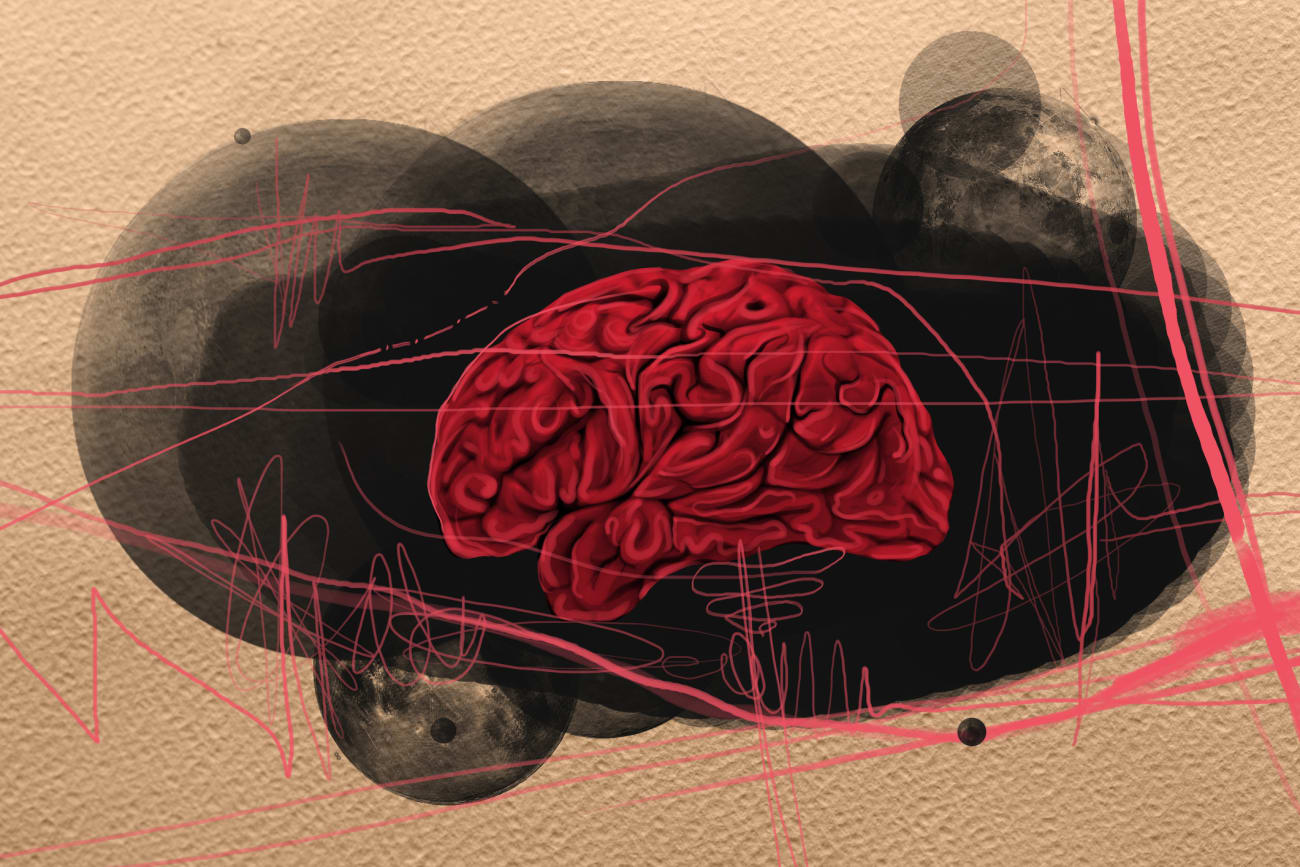
The term “minor stroke” can be misleading, says Johns Hopkins neurologist Elisabeth Breese Marsh. Even when a stroke is not severely disabling, its cognitive and emotional disruptions can be significant.
“A person is fortunate if they only have a small or minor stroke, but that doesn’t mean they won’t have problems that can make it difficult to return to normal life,” says Marsh, medical director of the Comprehensive Stroke Center at Johns Hopkins Bayview Medical Center and an associate director of the neurology residency program.
In the age of mechanical thrombectomy and improved preventive strategies, it’s more common to see strokes with lower severity and better overall long-term recovery, Marsh writes in Neurotherapeutics (February 2023). But many of those patients often suffer from “invisible disabilities” such as mental fatigue, slowed processing, difficulty concentrating and emotional changes.
“I’ve had patients come to my office thinking they must be crazy, because everyone around them comments on how good they look after their stroke,” Marsh says. “But they’re asking, Why am I so slow? Why am I in a fog?”
In her research and clinical work, Marsh seeks to better understand why these deficits occur despite an infarct’s small size, or location outside of areas considered vital for cognition. In partnership with neuroscientist Jonathan Simon and his lab at the University of Maryland, Marsh works to evaluate cognitive networks with a brain-imaging device called MEG, short for magnetoencephalography. The machine in College Park is one of only about 100 in the U.S.
Capturing brain activity in real time on the level of milliseconds, MEG is key to solving the mysteries of minor strokes, Marsh says. “The small differences in the way information travels through the brain in patients after stroke can be hard to detect, so we need this machine with extra sensitivity,” she says. “Once we’ve determined which differences lead to cognitive dysfunction, the goal is to find similar differences using more readily available tools like EEG, which will allow us to evaluate a greater number of patients.”
In a recent study using MEG, published in Brain Communications, Marsh and fellow researchers looked at the way mild strokes disrupt the generalized networks of the brain, with findings from imaging corresponding with slower processing speeds. Over time, as the brain compensates by increasing inter-hemispheric connections, patients improve. This compensation can be variable, though, so more research is needed to understand how treatment interventions may help patients recover more quickly.
Marsh’s lab at Johns Hopkins is also exploring other promising interventions, including transcranial direct current stimulation (tDCS) and mindfulness-based stress-reduction practices, a combination of yoga and meditation thought to stimulate the frontal lobes. The team will use clinical measures to gauge effectiveness, along with MEG to observe associated changes in connectivity.
Marsh also emphasizes the importance of regular, prolonged follow-up with patients. In 2014, she and her team launched the Johns Hopkins Bayview Stroke Intervention Clinic to help support and improve recoveries and reduce hospital readmissions.
“This is a population that has a lot of potential to get back to normal,” she says. “If we can figure out how to improve their cognition more quickly, they can return to doing all the things they were doing before their stroke, which is the ultimate goal.”
To refer a patient, call 410-550-8703.
Share Fast Facts
Neurologist Dr. Marsh shares potential new roads to recovery after small infarcts. In her research, she seeks to better understand why these deficits occur despite an infarct’s small size, or location outside of areas considered vital for cognition. Click to Tweet



